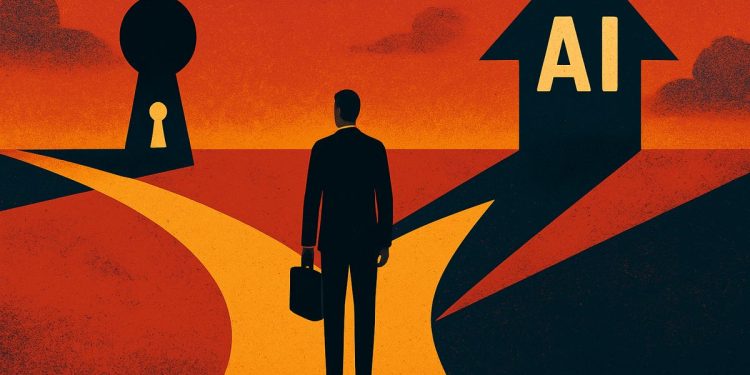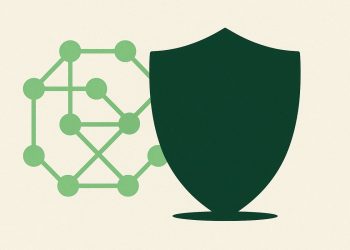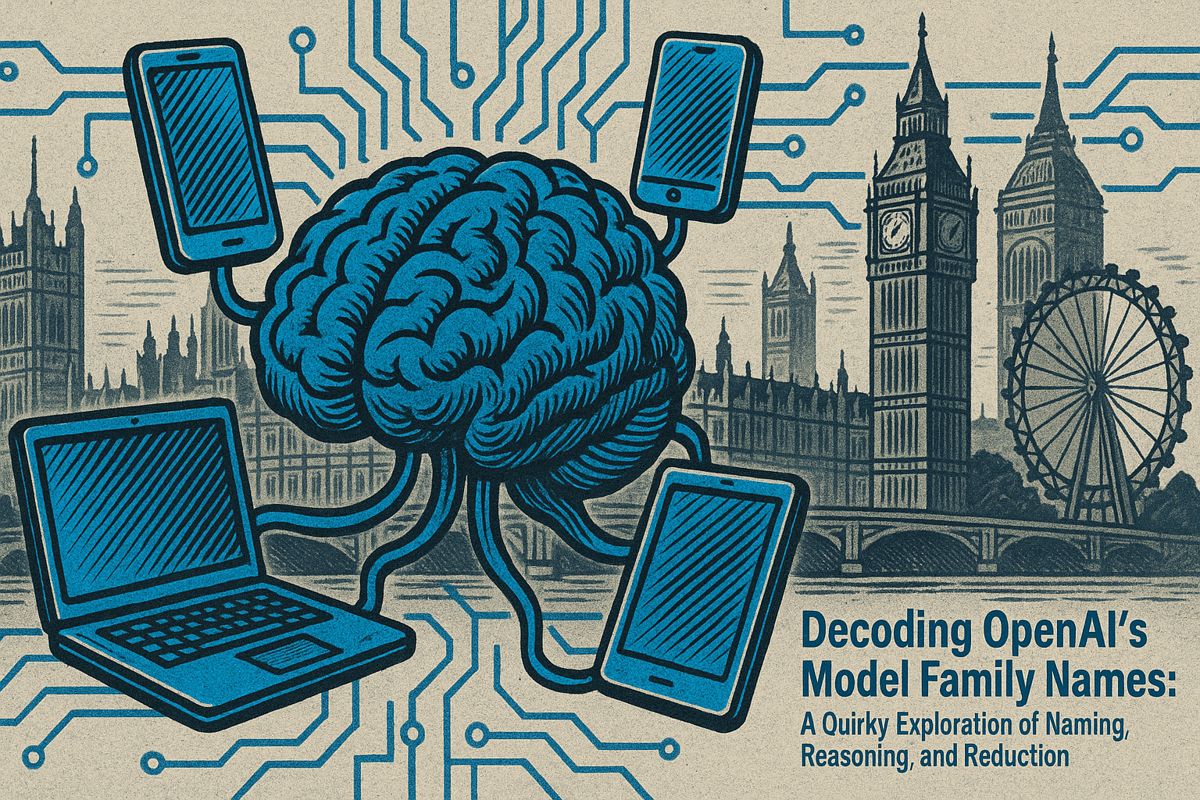Modelbuster companies in 2025 are shaking up industries by creating brand new kinds of products and using powerful AI to do things no one else can copy. These companies grow super fast and their ideas spread quickly, making customers want what they offer. Examples include firms that use AI to build smarter networks or make tasks easier with natural language commands. Big businesses now have to completely rethink and rebuild how they work, or risk falling far behind. Modelbusters aren’t just better – they’re changing the whole game.
What is a modelbuster company and how are they changing industries in 2025?
A modelbuster company in 2025 is one that completely redefines its industry by introducing new product categories, leveraging AI-native architectures, and creating business models competitors can’t replicate. These firms achieve rapid growth, develop strong network effects, and reshape markets rather than just improving on existing solutions.
- The Rise of Modelbusters: How 2025’s Most Disruptive Companies Are Rewriting Industry Rules*
Venture capital firm Andreessen Horowitz has identified a new category of companies that aren’t just succeeding – they’re fundamentally rewriting the playbook for entire industries. Dubbed “modelbusters” , these organizations achieve growth rates that appear impossible within traditional market frameworks.
What Makes a Company a Modelbuster?
Unlike disruptors that merely compete better, modelbusters redefine their markets entirely. Key characteristics include:
- “What?” Products: Solutions that invent new categories rather than improving existing ones
- Compounding advantages that accelerate over time through network effects
- Business models competitors struggle to replicate
- Market pull where customers actively seek their offerings
Recent examples demonstrate this phenomenon across sectors:
| Company | Sector | Disruption Method |
|---|---|---|
| *Anduril * | Defense | Cross-selling 35+ products across siloed military budgets |
| *rabbit * | Consumer Tech | LAM-powered OS enabling natural language task completion |
| *Deepgram * | AI/Communications | Real-time conversational AI at 1/50th traditional cost |
| *ZeroTier * | Networking | Owner-controlled encrypted virtual networks replacing VPNs |
The AI Accelerator Effect
Modelbusters in 2025 are leveraging AI-native architectures to transform traditional low-margin businesses into high-growth enterprises. This includes:
- Usage-based pricing replacing flat subscriptions in SaaS
- Automated industrial systems previously requiring expensive human oversight
- Self-learning platforms that improve without human intervention
Enterprise buyers have shifted from vendor experimentation to strategic partnerships with model providers like OpenAI and Anthropic, valuing direct model access over traditional lock-in relationships.
How Established Companies Respond
Traditional enterprises aren’t standing still. Their 2025 strategies include:
- Self-disruption initiatives – reinvesting from manufacturing to software
- AI-first product development – rebuilding from ground up with AI capabilities
- Platform-as-a-Service transitions – creating digital marketplaces
- Real-time competitive intelligence – replacing annual reports with AI-powered analytics
Research shows enterprises that fail to adopt these approaches risk being outpaced by 2026, as modelbusters continue expanding their compounding advantages.
Market Impact Metrics
- Growth rates: Modelbusters achieve 3-5x industry average revenue growth
- Market creation: 67% create entirely new subcategories rather than competing in existing ones
- Competitive moats: Network effects make replication costs 10-50x higher for competitors
The framework helps identify companies with potential for transformative impact – not just those with better execution, but those reimagining what’s possible in their industries.
As Marc Andreessen notes: “Reorgs – not just returns – determine who wins” in this new landscape.
What exactly is a “modelbuster” company and why does it matter in 2025?
A modelbuster is an organization that redefines the rules of its entire market instead of merely outperforming rivals within existing rules. Andreessen Horowitz coined the term to describe ventures that:
- Launch “what?” products that invent or re-imagine categories (think iPhone for mobile computing or Anduril for defense tech).
- Achieve compounding growth through network effects and data flywheels that accelerate over time.
- Create new spend categories that legacy firms cannot tap because their business models are structurally incompatible.
In 2025, these companies are no longer rare outliers; they are becoming the benchmark for venture-scale returns and industry transformation.
Which sectors are seeing the fastest modelbuster growth right now?
Defense and advanced manufacturing still dominate the headlines, but 2025 data shows rapid expansion into consumer productivity, enterprise SaaS, and professional services:
| Sector | Example | Model-busting play |
|---|---|---|
| Personal AI assistants | rabbit r1 device | LAM-powered OS that books flights, translates menus, and recalls memories through natural conversation |
| Enterprise automation | Agile Loop | Zero-code AI agents that operate software without APIs – displacing traditional RPA |
| Voice AI | Deepgram Aura | Real-time, human-level speech synthesis at $0.015 per 1,000 characters – automating call centers |
| Networking | ZeroTier | Owner-controlled encrypted virtual networks for millions of endpoints, replacing legacy VPN stacks |
These ventures grew user bases 3-5× faster in 2025 than comparable non-modelbusters within their verticals, according to Exploding Topics analytics.
How are Fortune 500 incumbents reacting to modelbuster pressure?
Traditional enterprises are moving from defensive adaptation to self-disruption:
- Ford & GM have re-skinned themselves as software-driven mobility platforms, embedding AI for predictive maintenance and subscription revenue.
- EY committed $1.5 billion to an AI overhaul, automating audits and consulting workflows that once required armies of junior staff.
- Adobe Creative Cloud now bundles AI-native design agents that generate, edit, and iterate creative assets – turning a classic SaaS subscription into an AI co-worker.
A 2025 Netscribes survey of 150 large enterprises found that 74 % have formal “modelbuster response teams” tasked with either acquiring, partnering with, or cloning disruptive start-ups before they reach escape velocity.
What risks should leaders watch when chasing modelbuster status?
- Over-funding without network effects: Capital alone rarely creates compounding advantages; data, users, and brand must reinforce each other.
- Regulatory whiplash: As models bust new territory, regulators scramble – Galvanick’s real-time cyber-defense for industrial systems, for example, now faces export-control reviews.
- Talent bottlenecks: Demand for AI-native product managers and founding engineers has tripled year-over-year, pushing median equity packages above 2 % for seed-stage hires.
Where can I dive deeper into modelbuster case studies?
- a16z Modelbuster database – curated profiles of 2025’s fastest-scaling market redefiners.
- American Dynamism 50 – deep dives on defense, manufacturing, and logistics modelbusters.
- Enterprise 100 CIO study – how Global 2000 buyers evaluate (and fund) modelbuster suppliers.
The takeaway: model-busting is no longer a venture buzzword. In 2025, it is the primary growth vector separating category kings from incremental players.



















